
As we celebrate the 45th anniversary of the Apollo 11 moon landing, our space program finds itself adrift. But this need not be so. The great deeds we accomplished then demonstrate what we can do when we are brave. The time is overdue for America to commit itself to a bold new venture in space: the human exploration and settlement of Mars.
We’re ready. Despite the greater distance to Mars, we are much better prepared today to send humans to Mars than we were to launch humans to the moon in 1961 when President John F. Kennedy challenged the nation to achieve that goal. Given the will, we could have our first teams on Mars within 10 years.
It needn’t break the bank, either. If done intelligently – with expenditures made for the purpose of accomplishing the mission, rather than the mission designed for the purpose of justifying expenditures – the cost of the Mars program would be about $20 billion to develop all the hardware needed. After that, each mission would cost between $1 and $2 billion.
$20 billion is not a trivial sum, but over 10 years it would represent about 12 percent of NASA’s budget, or less than 0.4 percent of the U.S. military budget. It’s a sum that this country can easily afford.
But why do it? There are three reasons.
1) For the Knowledge: Our robotic probes have shown that Mars was once a warm and wet planet that could have evolved and supported life. If this possibility could be confirmed by actual finds of fossils on the Martian surface, it would show that the origin of life is not unique to the Earth, and thus by implication reveal a universe that is filled with life and probably intelligence as well. From the point of view of humanity learning its true place in the universe, this would be the most important scientific enlightenment since Copernicus.
Now, robotic probes can help out in such a search, but by themselves are completely insufficient. Fossil hunting requires the ability to travel long distances through unimproved terrain, to climb steep slopes, to do heavy work and delicate work, and to exercise very subtle forms of perception and on-the-spot intuition. All of these skills are far beyond the abilities of robotic rovers. No, field paleontology requires human explorers, real live rockhounds on the scene.
2) For the Challenge: Nations, like people, thrive on challenge and decay without it. The space program itself needs a challenge. Consider: Between 1961 and 1973, under the impetus of the moon race, NASA produced a hundred times the rate of technological innovation it has shown since, for an average budget in real dollars only about 20 percent more than today. Why? Because it had a goal that made its reach exceed its grasp. You don’t need to develop anything new if you are not doing anything new. Far from being a waste of money, forcing NASA to take on the challenge of Mars is the key to giving the nation a real technological return for its space dollar.
A bold humans-to-Mars program would also be an challenge to every kid in the country: “Learn your science and you can become part of pioneering a new world.” There will be over 100 million kids in our nation’s schools over the next 10 years. If a Mars program were to inspire just an extra 1 percent of them to scientific educations, the net result would be 1 million more scientists, engineers, inventors, medical researchers and doctors, making innovations that create new industries, finding new medical cures, strengthening national defense, and increasing national income to an extent that dwarfs the expenditures of the Mars program.
3) For the Future: Mars is not just a scientific curiosity, it is a world with a surface area equal to all the continents of Earth combined, possessing all the elements that are needed to support not only life, but technological civilization. As hostile as it may seem, the only thing standing between Mars and habitability is the need to develop a certain amount of Red Planet know-how. This can and will be done by those who go there first to explore.
Mars is the New World. Someday millions of people will live there. What language will they speak? What values and traditions will they cherish, to spread from there as humanity continues to move out into the solar system and beyond? When they look back on our time, will any of our other actions compare in value to what we do today to bring their society into being?
Today, we have the opportunity to be the founders, the parents and shapers of a new and dynamic branch of the human family, and by so doing, put our stamp upon the future. It is a privilege not to be disdained lightly.
http://www.usnews.com/debate-club/should-we-go-back-to-the-moon/to-mars-not-the-moon
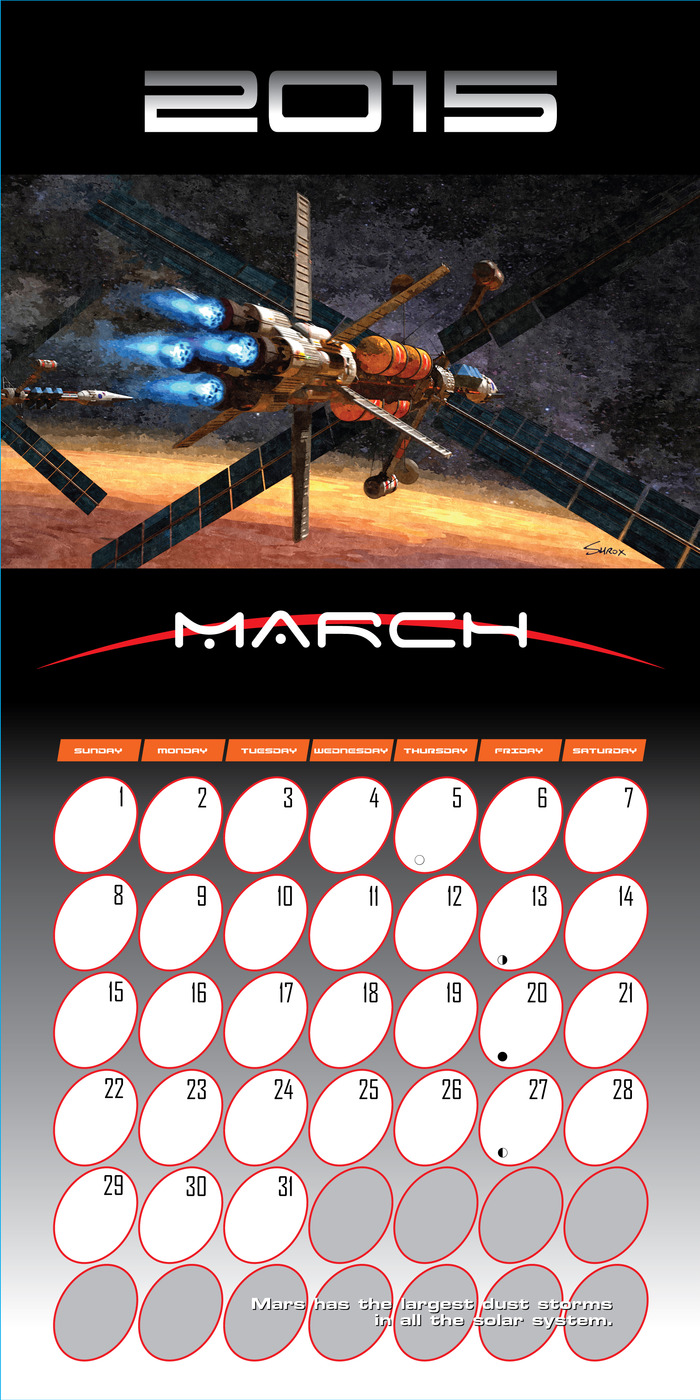

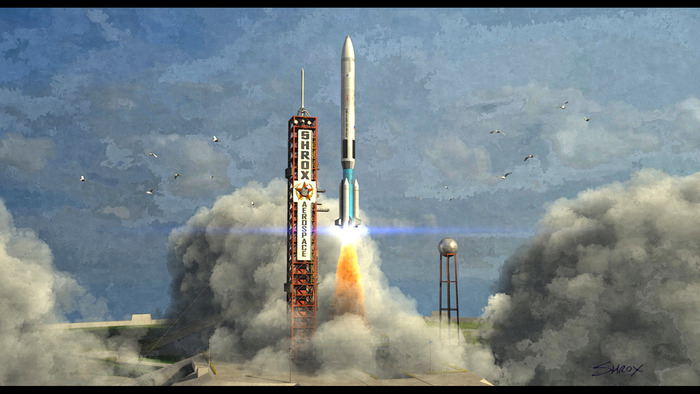
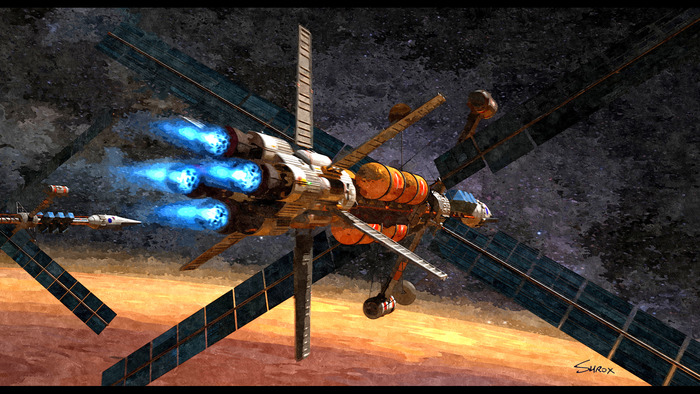
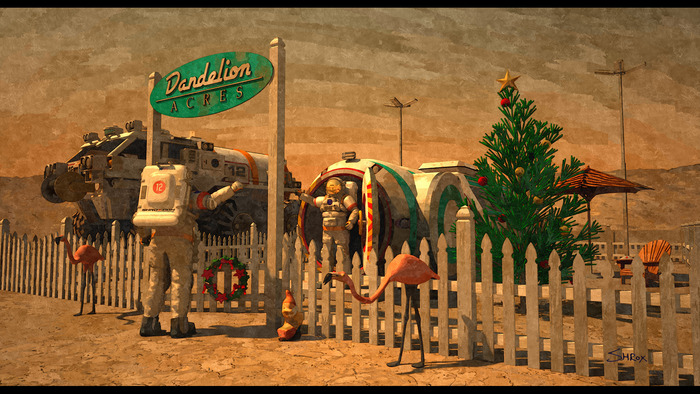
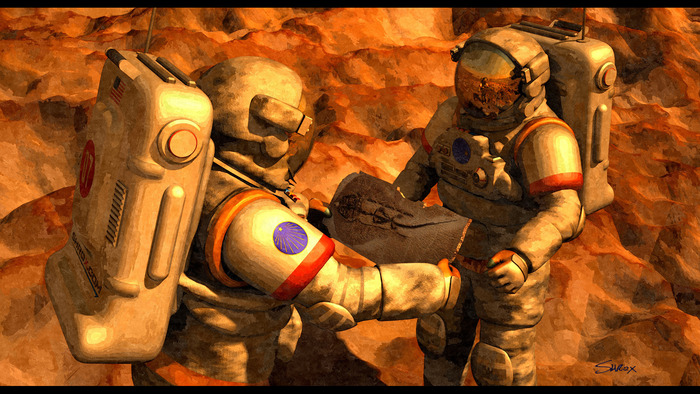

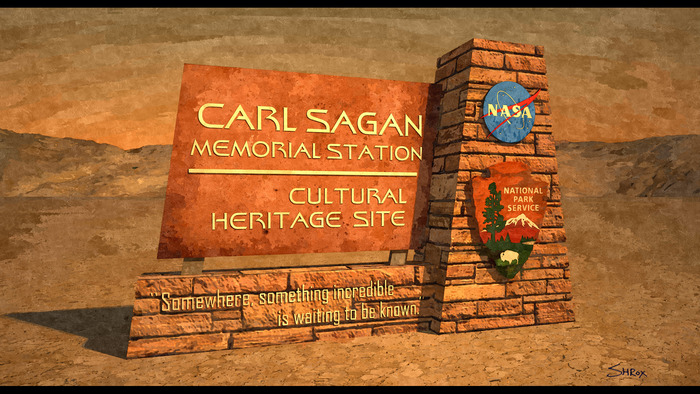

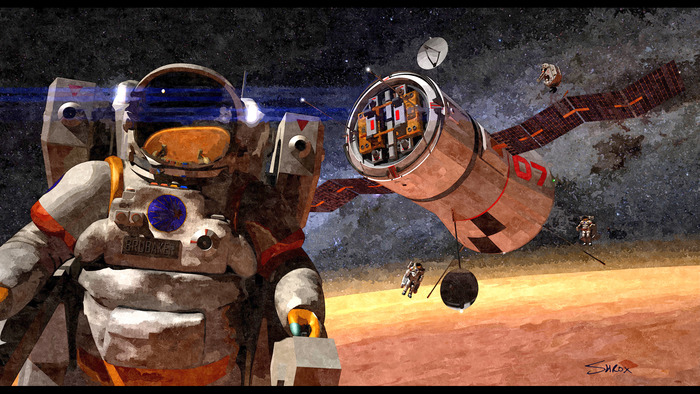

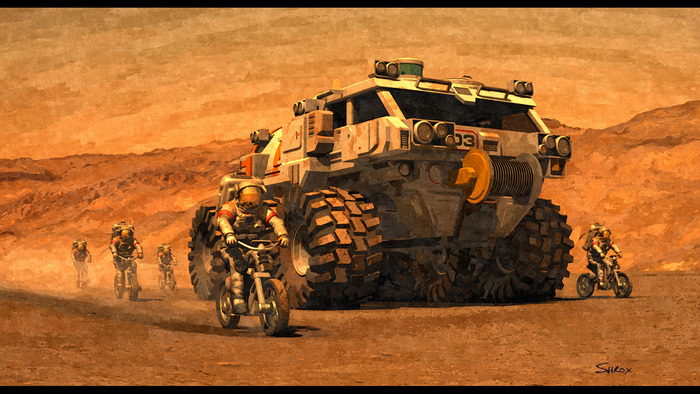
 Shrox.com contains a gallery of more images and animations
Shrox.com contains a gallery of more images and animations 

